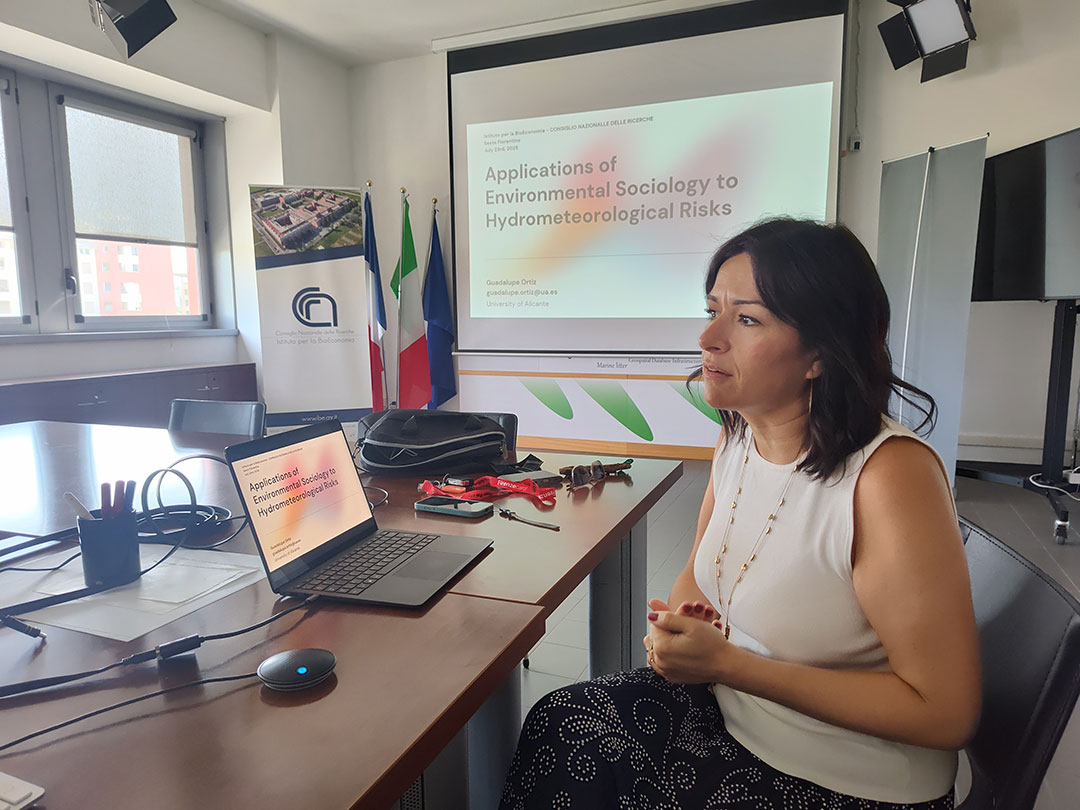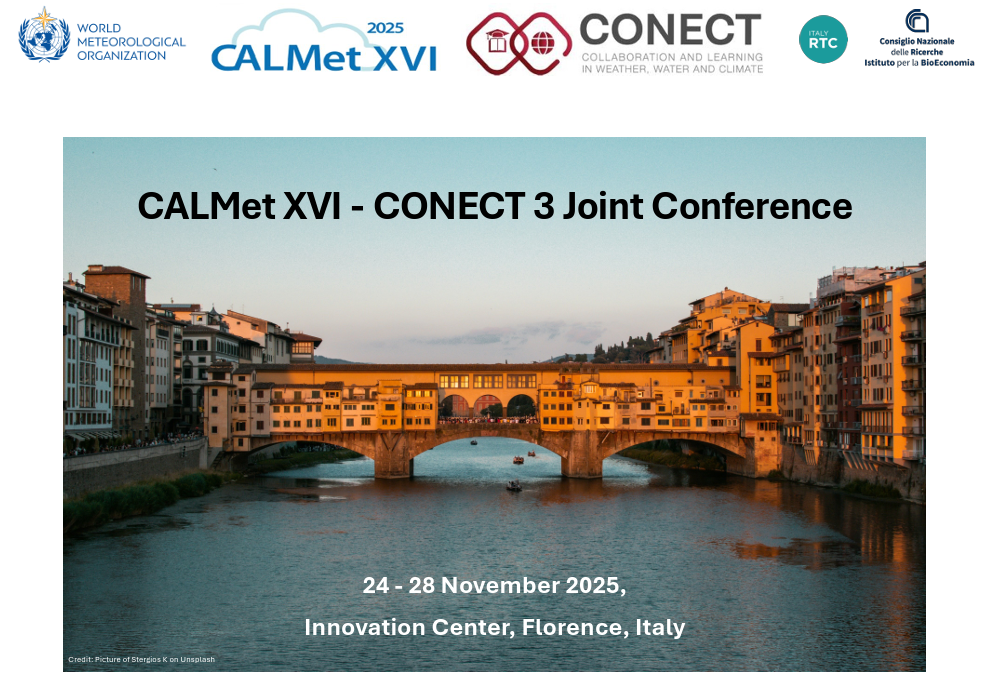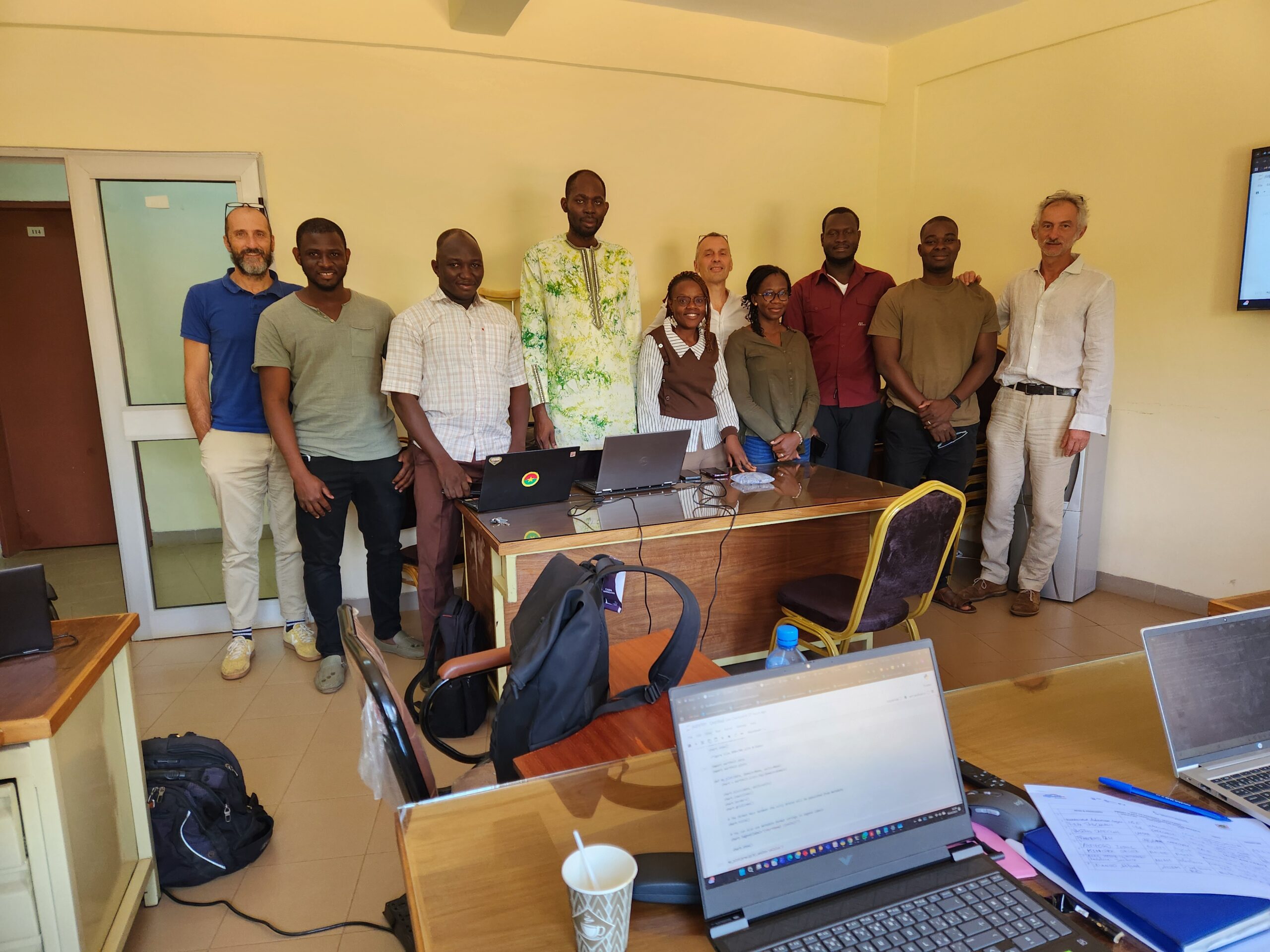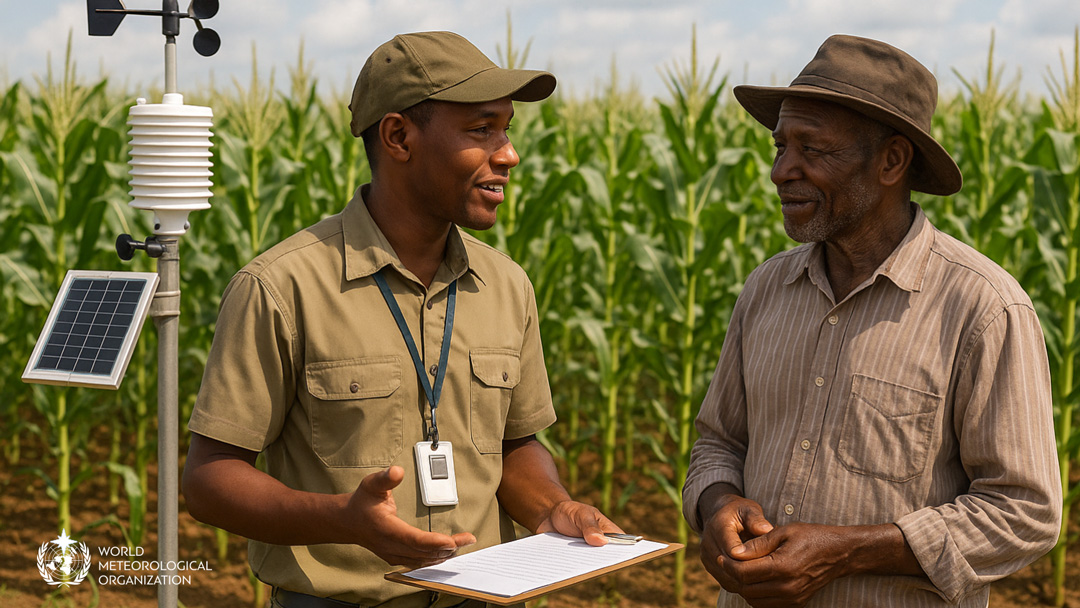Climate change is making floods more frequent and devastating, but here’s what many don’t realize: the biggest breakthroughs in flood risk management aren’t just coming from better weather models or stronger infrastructure. They’re coming from understanding people.
The Human Side of Climate Risk
While meteorologists and hydrologists excel at predicting when and where floods will strike, there’s a crucial piece of the puzzle that’s often overlooked: how communities actually experience, understand, and respond to these threats. This is where sociology steps in, offering game-changing insights that can make the difference between effective disaster management and tragic outcomes.
Real-World Solutions from Spain
The University of Alicante has a research team dedicated to these topics. Among the leading names is Guadalupe Ortiz, who recently held a seminar at the CNR IBE in Sesto Fiorentino, presenting their research activities and main results. The team has developed practical tools that put people at the center of flood risk management. Here’s what they’ve discovered from their recent projects:
1. Decoding Crisis Communication
The team analyzed 112 emergency calls during a severe flood event in Spain, uncovering critical patterns in how people communicate during disasters. This research reveals what actually works in crisis communication – and what doesn’t.
2. Mapping Social Impact and Community Strength
Not all communities are equally vulnerable to floods. The researchers have developed connections between social impacts and social capacities, creating a self-assessment tool that helps local risk managers understand their community’s unique strengths and vulnerabilities.
3. Building Resilient Communities
The team has created a model for designing and evaluating programs that build social capacity – helping communities prepare for, respond to, and adapt to flood risks more effectively.
Why This Matters for Climate Services
Integrating social science into hydrometeorological risk management isn’t just academic theory – it’s about creating more equitable and effective interventions. When we understand the human dimensions of climate risk, we can:
– Design communication strategies that actually reach and resonate with at-risk communities
– Identify which neighbourhoods need the most support before disasters strike
– Build long-term resilience that goes beyond technical solutions
The future of climate services isn’t just about better predictions – it’s about better understanding the communities we serve.







